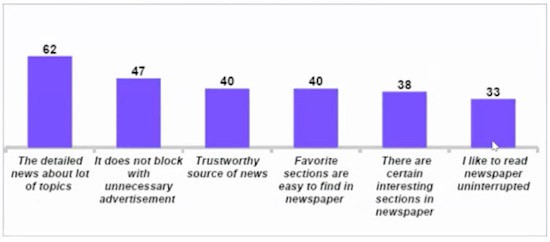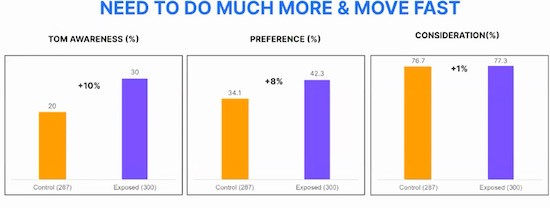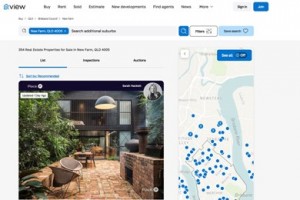India’s complex multimedia market came under the microscope at last week’s INMA South Asia News Media Summit last week.
“Every second Indian is on the internet,” Nielsen Media India director Dolly Jha said.
“Even in rural India, we are seeing that amongst men, 54 per cent are on the internet. Women are lower at 34 per cent, but the big news is that Indians are getting on the internet at an unprecedented speed.”
She shared a small survey held among 175 respondents, asking about their favourite source of news. “If you look at the younger audience, social media comes up very strongly opposed to news apps,” she said.
This survey found a fairly high number of audiences aged 36 years and older are getting their source of news from a newspaper with a lower number with the younger audiences.
The survey also showed reasons why readers turned to print for as the main news source, with the biggest reason being the detailed news about a lot of topics. Other factors were not being blocked with unnecessary advertisements, followed by being a trustworthy source of news.

For people who never read newspapers, digital platforms with all types of news formats have a huge pull.
Jha aid that four years earlier, she had gathered data that showed print has the potential to drive tactical outcomes: “What we saw in the data set was the share of media spends for print were about 35-40 per cent, and television was at about 30-35per cent.”
The aim had been to compare print and television short term ROI, and found print was still higher than television. Would this be likely to be the same four years later in the current situation?
She quoted the global average of media spend as a proportion to revenue of 3.8 per cent, adding that data for 2020 from consumer packaged goods was strong at 1.6 for digital. Print is now at 0.8.
“We try to see this data by brands of different sizes in terms of revenue spend,” she said. Consistently, the ROIs from digital are very strong, and the ROIs for print are declining. Print needs to create and establish a new narrative for itself in this context.”
Jha urged that marketers should create meta learnings on print’s effectiveness as a medium, which could lead a print brand uplift. “The good thing is, the print publishers are now playing catch up,” she said.

In the last six months, three campaigns had been launched to assess the level of effectiveness print ad campaigns were generating, with two out of three of the campaigns having very positive results.
“I believe this is something that should have happened four or five years back,” she said. “This needs to be done much more, and the print publishers really need to move very fast on this.”
She also urged print publishers to leverage its power in driving trust. A recent large campaign by a digital publisher about internet safety in India used print as a medium to propagate the message, with print achieving a 30 per cent increase in brand trust.

“So much has been said about trust. It’s a very prized weapon for print when issues of brand safety and fake news needs to be countered by advertisers. This is something publishers should be talking loud and strong about,” she said.
The message was reinforced by a recent study of publication brands with the highest trust index: “One headline coming through very clearly is that when you compare across platforms – print, TV, news social media – print is actually coming out the strongest on trust.”
Publishers should reinforce positives in an unabashed manner and with empirical data: “If you don’t have empirical data, this is what advertisers are looking at. It is a must.”
Other positives that print could be driving included:
-the effectiveness of print. Once the readers were exposed to the campaigns, there was growth in brand trust;
-concentrated power of print. “There are no issues with a distracted audience, such as multi-tasking or device sharing”;
-prints’ towering position on trust;
-solid brand safety;
-loyalty of print audiences to their title; and
-fairly strong micro targeting power of print.
Jha said print enabled innovative formats and was comparatively less expensive than television. But is building a narrative going to be enough? “Absolutely not,” she said. “Print needs to rebuild its connection with the ecosystem.”
She advocated an advisory council that includes advertisers and planners, and working together with digital to encourage cross media planning. “It should not be done in isolation,” she said.
–thanks to INMA/Chandler Wieberg

















Comments